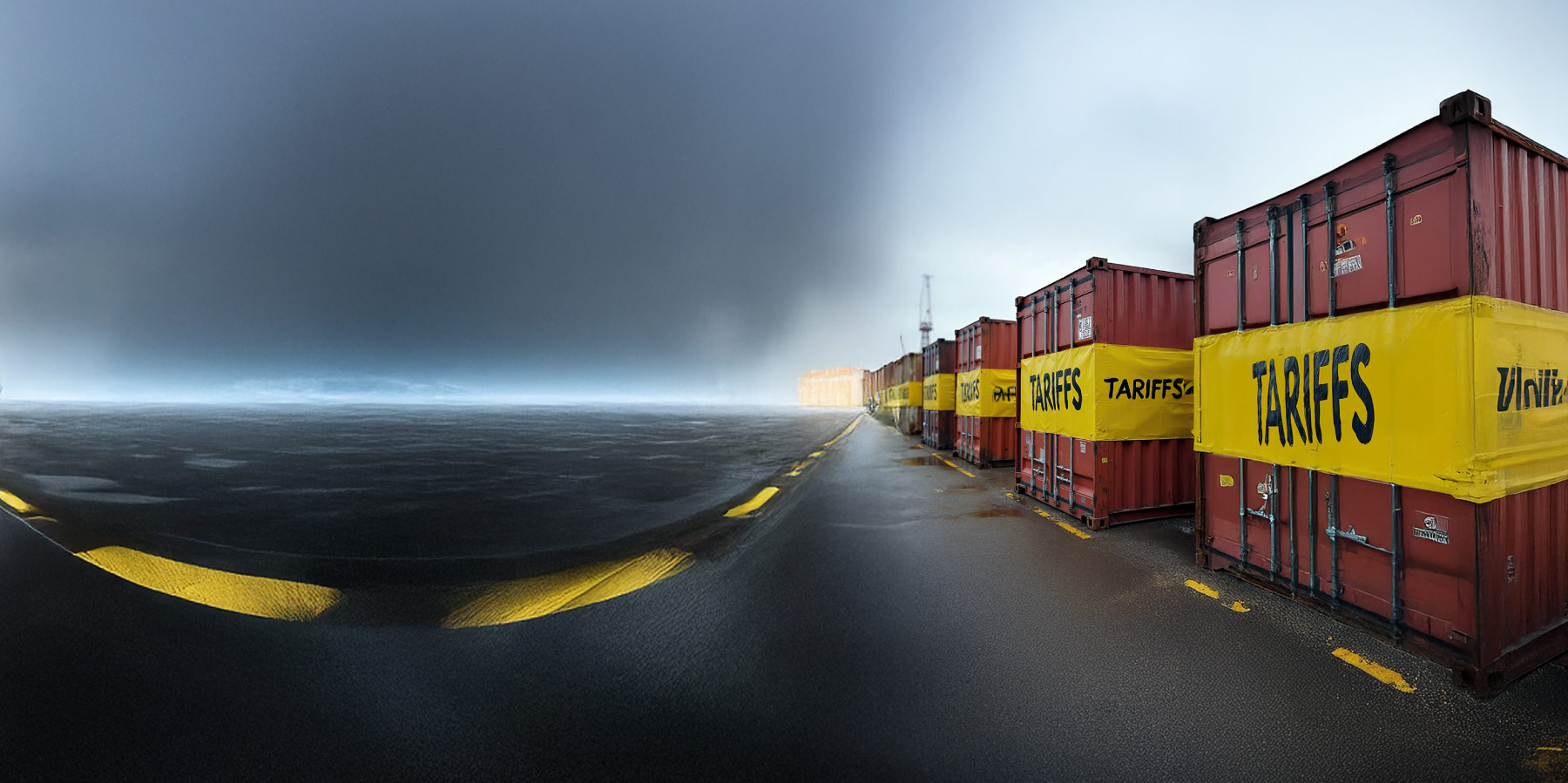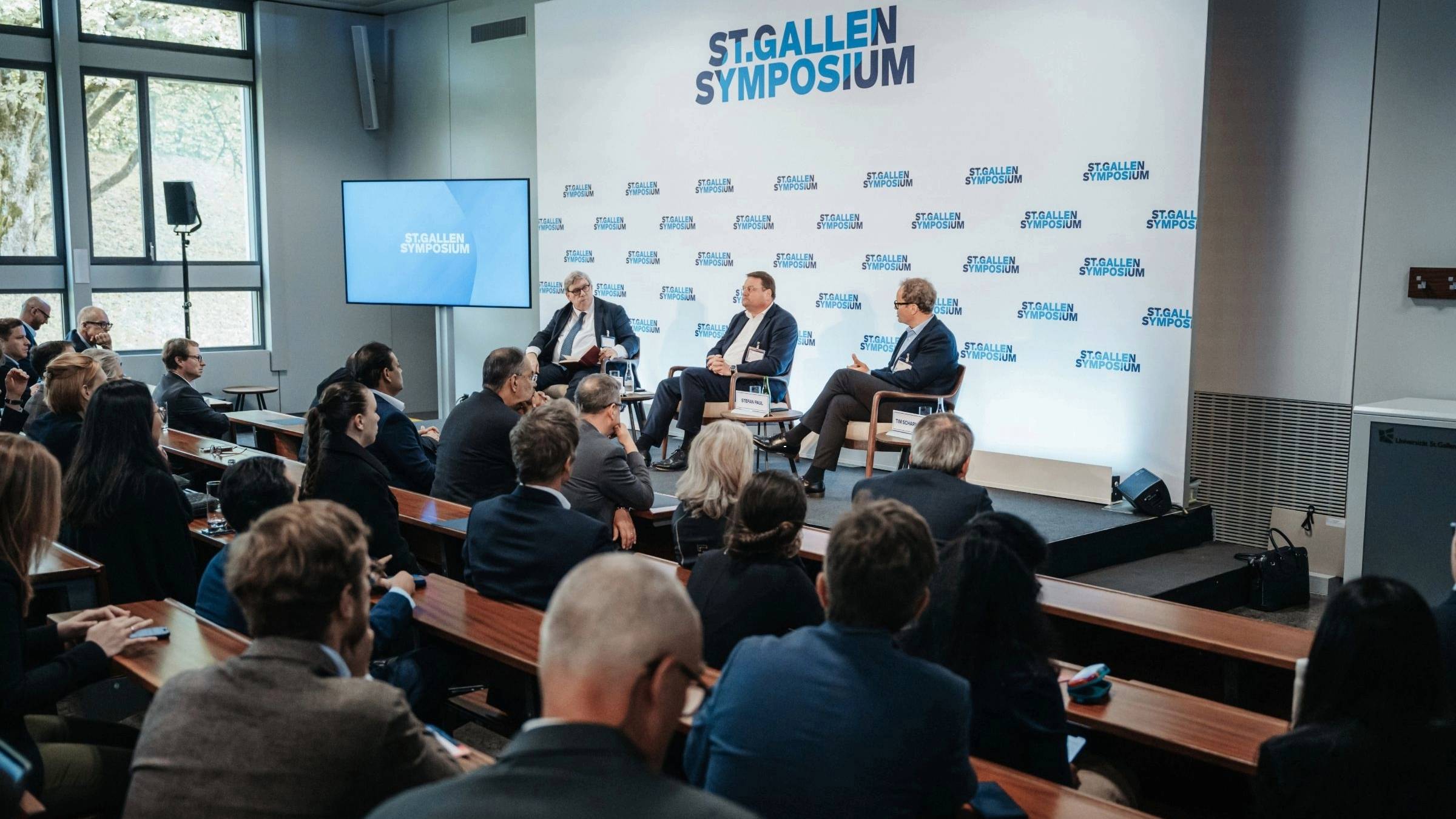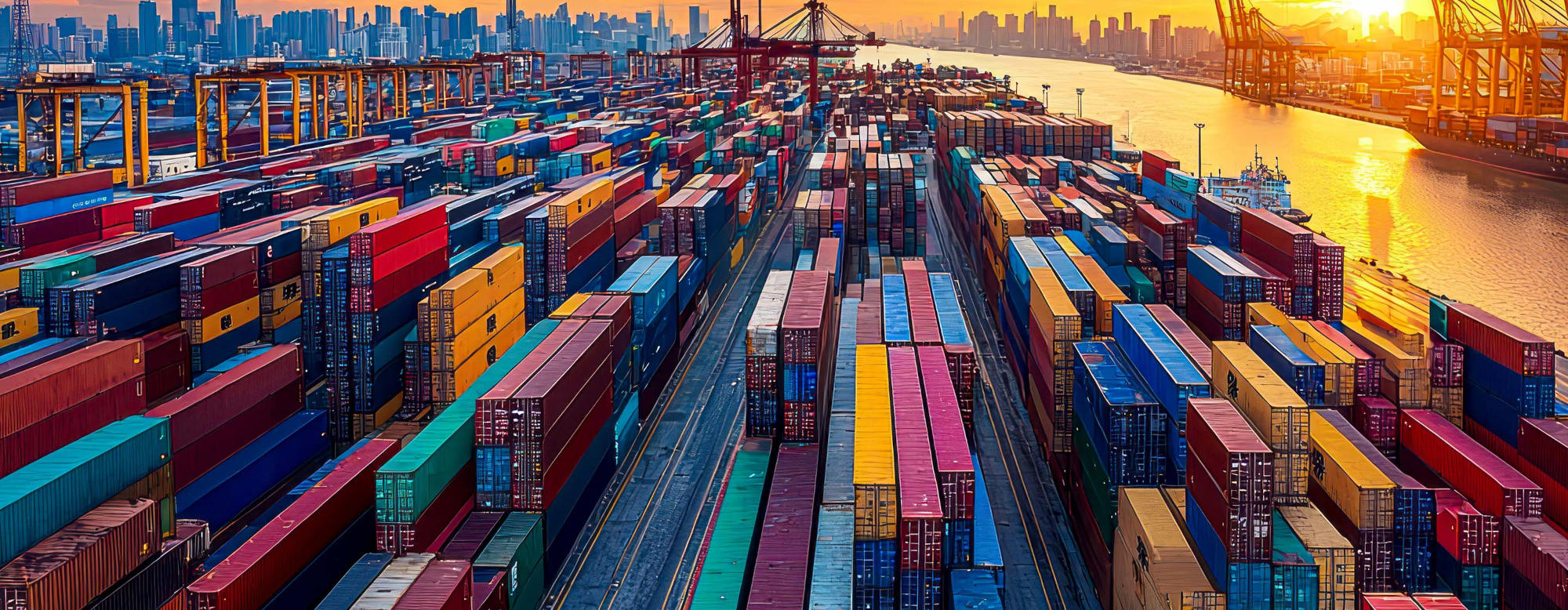
Bezos’ big bet – going for market share over profits
They’re at it again. In 1997 Jeff Bezos penned a famous letter to shareholders, promising that he would always value long-term growth over short-term profitability concerns
After results showing Amazon’s retail operations were creeping into the black, it seems Amazon is back to buying market share with logistics.
Along with many others we believed that e-commerce was reaching an inflection point, where the major e-commerce players would look to drive towards profitability and not simply market share. Amazon had begun identifying “CRaP” products that were eroding profit margins, Walmart.com was ‘hiding’ products it could not deliver profitably. And, notably, Amazon increased its Prime membership rate in the U.S. to $119.
Then it was announced that Amazon was gradually moving from free two-day shipping for Amazon Prime members to free one-day shipping. Importantly, the $25 minimum required to ‘add-on’ low value items was phasing out in parallel.
The first results are in and they are as one would expect, and then some. In the third quarter, Amazon’s revenue increased by 24% to $70 billion. However, profit was $2.1 billion, a 28% decrease. It seems that consumers were pleased with the faster delivery time, but that that cost of fulfilling those orders not only ate into profits but were simply unprofitable.
Amazon’s CFO said of Prime customers: “They are buying more often, and they are buying more products.” The first part of that statement seems to be correct, but the second part is nuanced. According to Morgan Stanley, a two-day order from Amazon of US $23.33 costs the company $5.08 to fulfill, for a cost-to-serve of almost 22%. However, for a one-day order, fulfilling the order costs $8.32 and the cost-to-serve is an astonishing 127%. This means Amazon is losing money on every order even before considering the cost of goods and overheads.
So, while consumers are indeed buying more often and buying more products, they appear to be buying much less per order. About two thirds less, in fact. So, while one would expect Amazon to pay more in transportation to achieve one day shipping, the order preparation cost has surely increased as well. The costs of processing an order are fixed, so larger order sizes help control logistics costs. As the consumer response to one day shipping seems to be to order in much smaller quantities, the fulfillment costs for Amazon have increased in addition to the transportation costs. Undeterred, Amazon has announced that they spent $800 million in the first quarter supporting this initiative. One element to watch moving forward is the basket size of a Prime order and the level of Prime membership. This will help explain whether this initiative has allowed Amazon to convert new users and where profitability might be heading.
Others are following suit. Wal-Mart has announced its own one day shipping program, called NextDay. The program seems to be less extensive and more cost-conscious. Walmart will limit the products available for next day shipping as a function of where the customer lives and the stock position of the nearest Wal-Mart store or distribution center. Items will be offered in such a way as to prevent the company from having to ship from multiple locations.
Amazon’s other ambitions
In addition to one-day shipping for Prime members, a few weeks ago Amazon announced free 2-hour grocery delivery in more than 20 metropolitan centers in the U.S. for Prime members, as long as the order reached a modest $35 minimum. This will be supported by the Amazon Fresh fulfillment center infrastructure, rather than the Whole Foods Amazon grocery program. This is on the heels of reports that Amazon is finalizing plans to build a new grocery network, one more suited to serving both online and offline orders.
If true, the Amazon grocery landscape is getting crowded, with Amazon Go, Whole Foods, Amazon Pantry and Amazon Fresh already on the scene. This is a complex, risky bet, particularly when one considers the structural cost challenges to online grocery profitability.
Other tech giants continue to innovate in the grocery space. Alibaba’s Hema shops in China offers a unique blend of restaurant, shop and local online grocery fulfilment center. Hema has upped the ante by offering 30-minute free delivery within a 3-kilometer radius with an emphasis on upscale prices and freshness. By linking Hema to the Alipay app, the potential for online to offline conversion is high, as are the rich data collection possibilities.
Next year is set to be an exciting year for e-commerce supply chains, as the service expectations continue to ratchet up along with the readiness to absorb short term losses in operations.
Ralf W. Seifert is Professor of Operations Management at IMD. He directs IMD’s new Digital Supply Chain Management program, which addresses both traditional supply chain strategy and implementation issues as well as digitalization trends and new technologies.
Richard Markoff is a supply chain researcher, consultant, coach and lecturer. He has worked in supply chain for L’Oréal for 22 years, in Canada, the US and France, spanning the entire value chain from manufacturing to customer collaboration.
Research Information & Knowledge Hub for additional information on IMD publications
The supply chain risk management literature differentiates between disruption risk that arises from supply disruptions to normal activities and recurrent risk that arises from problems in coordinating supply and demand in the absence of disruption...
The US deal granting it future revenue and access to Ukraine’s mineral sector raises a broader question: is this the beginning of a model for American foreign policy, one that links strategic resource access to long-term diplomatic and financial c...
Multinational businesses are recalibrating their global supply chains, with one eye focused firmly on Washington. As the Donald Trump administration reignites the use of tariffs as a blunt instrument of economic leverage, so-called “friendshoring”...
“You don’t exit China, you hide it—like colorful eggs.” That’s what a top executive at a European multinational told me, just days after President Trump’s April 2025 bombshell: a new national economic emergency order that slapped a 10 percent tari...
Research Information & Knowledge Hub for additional information on IMD publications
Research Information & Knowledge Hub for additional information on IMD publications
Research Information & Knowledge Hub for additional information on IMD publications
in Production and Operations Management June 2025, vol. 34, issue 6, https://doi.org/10.1177/10591478241302735
Research Information & Knowledge Hub for additional information on IMD publications
Research Information & Knowledge Hub for additional information on IMD publications
Research Information & Knowledge Hub for additional information on IMD publications
Research Information & Knowledge Hub for additional information on IMD publications
Research Information & Knowledge Hub for additional information on IMD publications
in I by IMD
Research Information & Knowledge Hub for additional information on IMD publications
Research Information & Knowledge Hub for additional information on IMD publications






